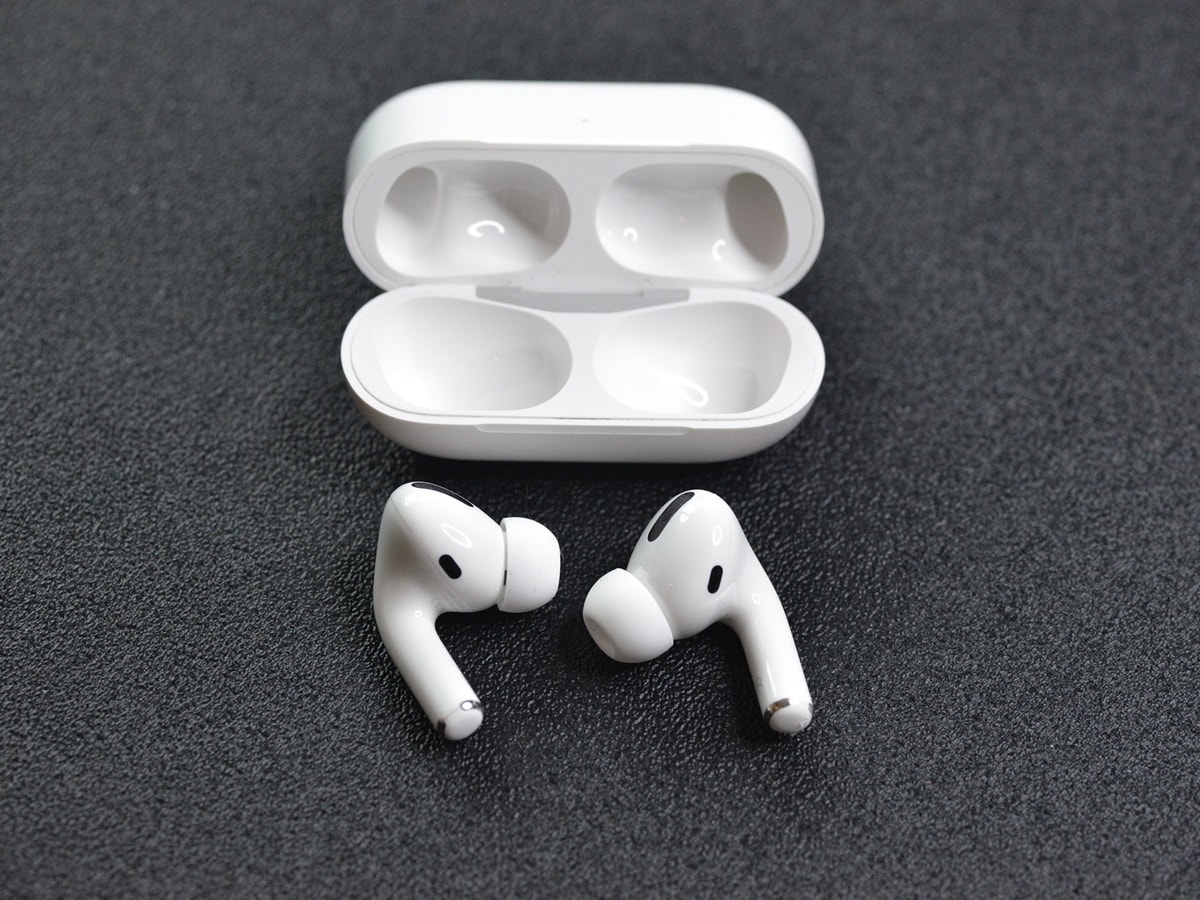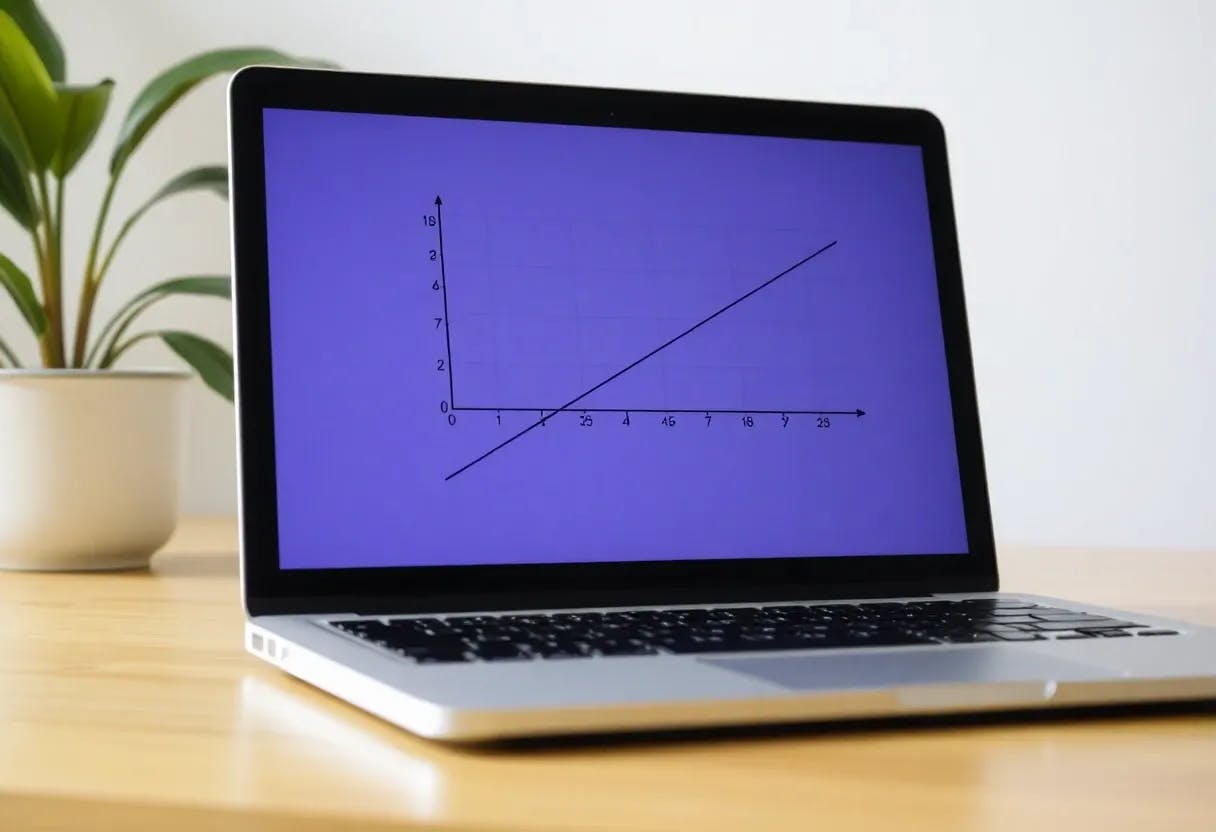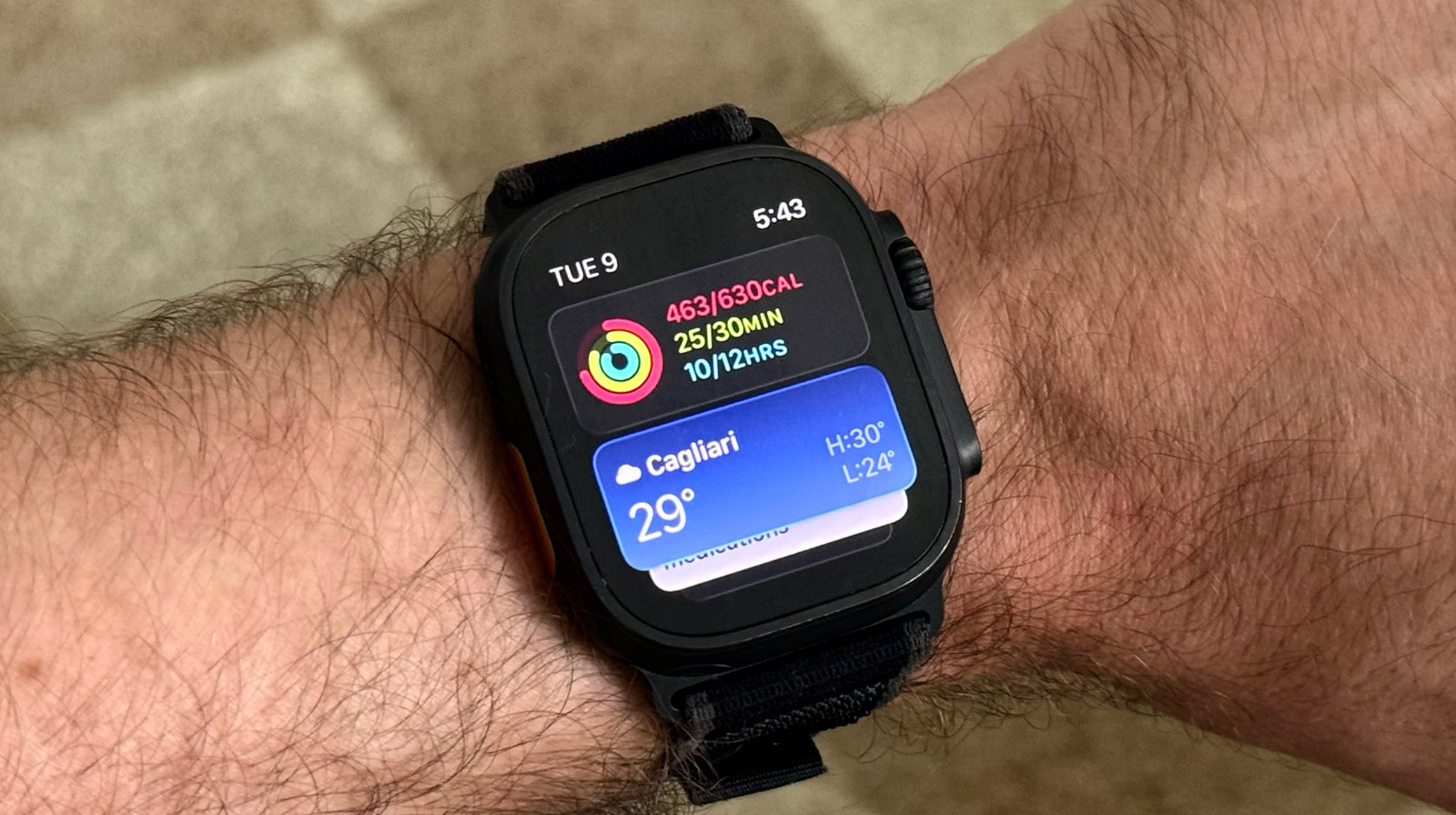RESIDENTS are preparing to move into Toyota’s futuristic robot city, where everything is connected with driverless cars and AI-powered homes.
While just the seed of an idea a decade ago, the £8billion ‘Woven City’ project has flourished into something real and liveable.
6

6

6
And it is set to welcome its first 100 residents this autumn.
Residents will have a few months of tranquility before the city opens to tourists – dubbed ‘Weavers’ – from 2026 “or later”, according to Toyota.
These individuals will mostly be Toyota staff and their families, before branching out to include “external inventors” and their loved ones.
The total population is expected to reach around 2,000.
At the base of the Mount Fuji volcano in Japan, the development will host a range of top-secret tests for new technologies, according to reports.
While normal civilians will also call this robot city home, so shall Toyota’s employees – who will be conducting experiments for some of the company’s more hushed ideas.
Toyota, which builds robots as well as cars, has been building up the 175-acre site for the past five years.
The self-contained metropolis aims to be a beacon for future mobility, smart infrastructure and sustainable living.
First announced at CES 2020, the Woven City is now just months away from accepting its first residents.
The futuristic city will act as a “living laboratory” for the company to test its renewable and energy-efficient self-driving cars dubbed ‘E-palettes’.
Toyota’s E-palettes, an autonomous electric vehicle platform initially developed for the Tokyo 2020 Olympics, will be at the core of the project.
Self-driving cars will be the main form of transport inside the Woven City, according to Toyota, supported by an underground network for autonomous logistics and goods delivery vehicles.
The autonomous vehicles feed into a wider network led by artificial intelligence (AI).
“We are building a city where everything, people, buildings, vehicles, is connected through sensors and AI,” Akio Toyoda, Chairman of Toyota’s Board of Directors, has said previously.
“It’s a unique opportunity to create a living digital operating system for urban life.”
Streets will be split into three types, pedestrian-only areas, roads for fast-moving traffic and streets for a mix of lower-speed vehicles.
Only zero-emissions motors will be allowed with special vehicles for the elderly and support for wheelchair users.
Smart homes will be designed to incorporate robotics and AI to monitor health and manage energy use.
It echoes what futurist Stephen Oram envisions for future British cities, where wearable health tech alerts of a condition, prompting a robot delivery system to turn up “with some medication you didn’t know you needed”.
The stunning new “smart homes” will run almost entirely on hydrogen, making the city as eco-friendly as possible.
Houses, made mostly from wood, will include in-home robotics to “assist with daily living” helping residents to be more independent, according to the company.

6

6

6









